Why Place-Based Education?
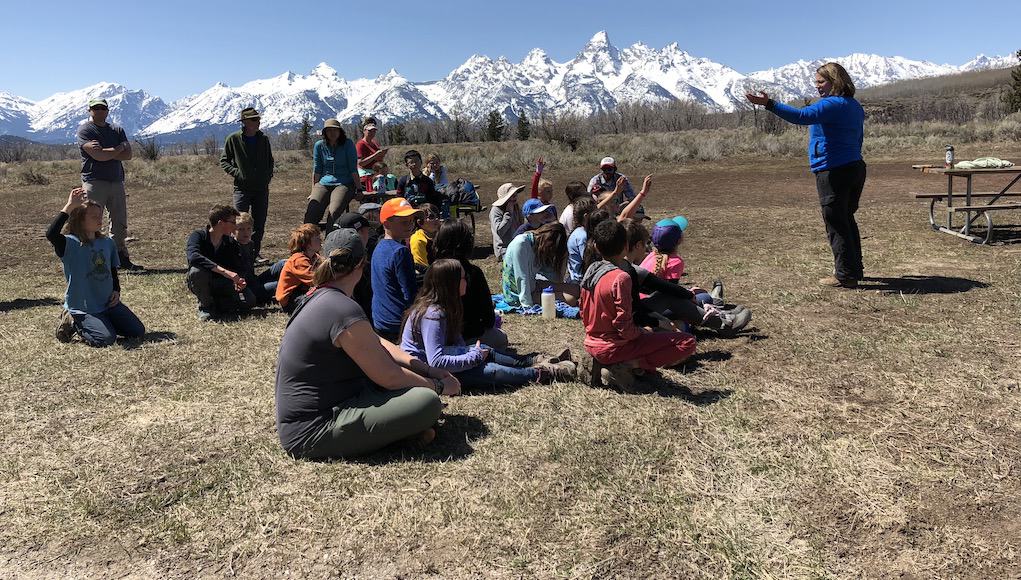
Place: It’s where we’re from, it provides a lens for how we see the world, it commands our attention and care. Place has always been central to human development–it tells the story of the world as it once was and as we currently know it.
In modern school systems we often neglect place as being integral to how, and what, we learn. The fact that many presume a school building is the only place of learning in and of itself neglects place as one of the most important factors in development. Why not begin with place?
Over the past couple of years, along with the Teton Science Schools, we have been exploring place-based education and how it can help connect learners to their communities. We are continuing our exploration in 2019, but wanted to revisit what we’ve learned so far and resources we’ve created to help you get started.
Starting with Place
As a result of our collective time spent as educators in classrooms, researchers, designers and leaders — we believe that at the core of rich place-based experiences are six design principles.
These principles were formally articulated by Nate McClennen and his team at the Teton Science Schools in Jackson, Wyoming. The principles drive the work at Teton Science schools and many others, including those that are part of the Place Network, across the country. Schools that engage in place tend to follow the six design principles.
Not all place-based experiences have to have each of these design principles present, but we find they are often present to some degree when experiences are high quality and lead to meaningful student outcomes.

Resources
- Quick Start Guide to Place-Based Education: This guide provides the big ideas of place-based education and ways to get started.
- Quick Start Guide to Place-Based Professional Learning: Interested in advancing your place-based practices? This guide is designed for educators who want to enhance their place-based facilitation.
- Infographic | The Potential of Place-Based Education: An infographic that details the potential outcomes of place-based education and how it connects learners to communities
- What is Place-Based Education and Why Does it Matter?: An overview of place-based education, the research behind it and findings about student outcomes.
- Giving the Gift of Place: Grab your headphones and take an virtual field trip to Murie Ranch in the Grand Teton National Park to talk about place-based education with Christen Girard and Nate McClennen of Teton Science Schools.
From, What is Place-Based Education and Why Does it Matter?
| “We’ve all experienced the power of place: those moments when we’re immersed deeply in experiencing the world around us and what’s happening there is real and meaningful. Learning in these moments is organic and visceral. There’s much to learn from the places we inhabit — from traveling across the globe to getting out into our own communities. Yet, formal learning experiences that leverage the power of place remain the exception and not the rule.
We hope to change that. Over the years, we’ve visited and learned from hundreds of schools. We’ve seen innovations in teaching and learning that feel like a sneak peek into the future. And while we do believe in the potential of technology to personalize learning, we’ve discovered that technology is not a prerequisite for personalization. In fact, many of our favorite learning environments are innovating through analog means or effectively using limited but deliberate technology.” |
Not ready to dive into these resources? The simplest way to get started with place is in your own backyard, city or local museum. Getting to know place more intimately yourself is an ideal way to tap into the power of these experiences. We will share more on this in subsequent blogs,
Including examples of many schools across the country and around the world that realize the potential of place. We share stories and practices we learn from these schools and educators.
Get Involved
Are you an educator or school engaged in place-based education? We’d love to hear from you and feature your work on the Getting Smart blog. Tweet your photos and examples using #PlaceBasedEd or if you’re interested in sharing your school or organization’s story, Email [email protected] and include place-based education in the subject line.
For more, see:
- Implementing Place-Based Education
- Design Thinking, City as Classroom, Museum as Homebase
- A Student’s Perspective on Urban Place-Based Ed
- Get Kids in the Community and Change the World
This blog is part of the #PlaceBasedEd campaign, where we highlight place-based best practices and powerful learning examples. Stay tuned for our upcoming book on place-based education, coming in early 2020.
Stay in-the-know with innovations in learning by signing up for the weekly Smart Update.
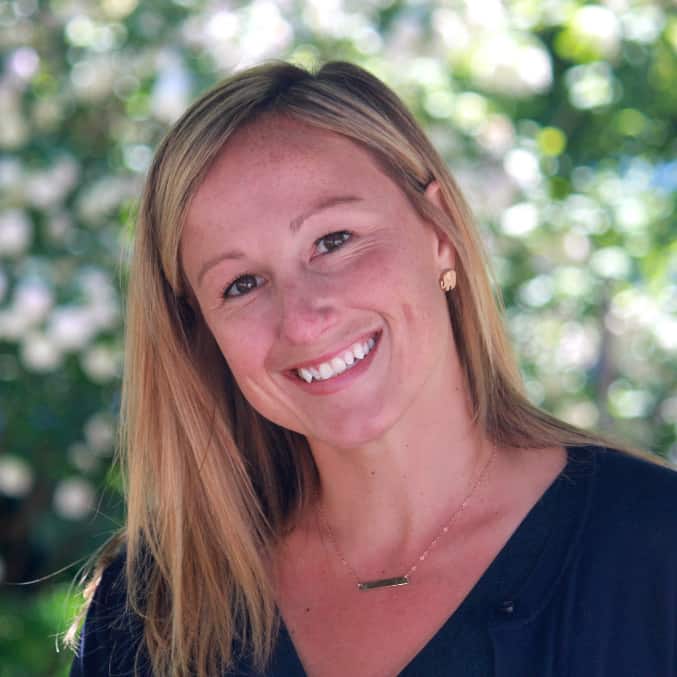


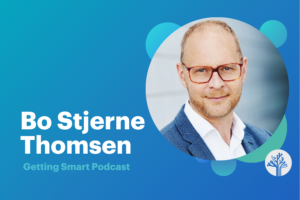
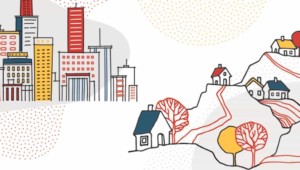
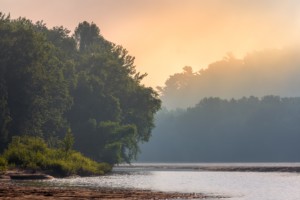
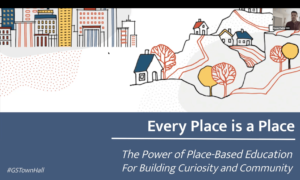
0 Comments
Leave a Comment
Your email address will not be published. All fields are required.